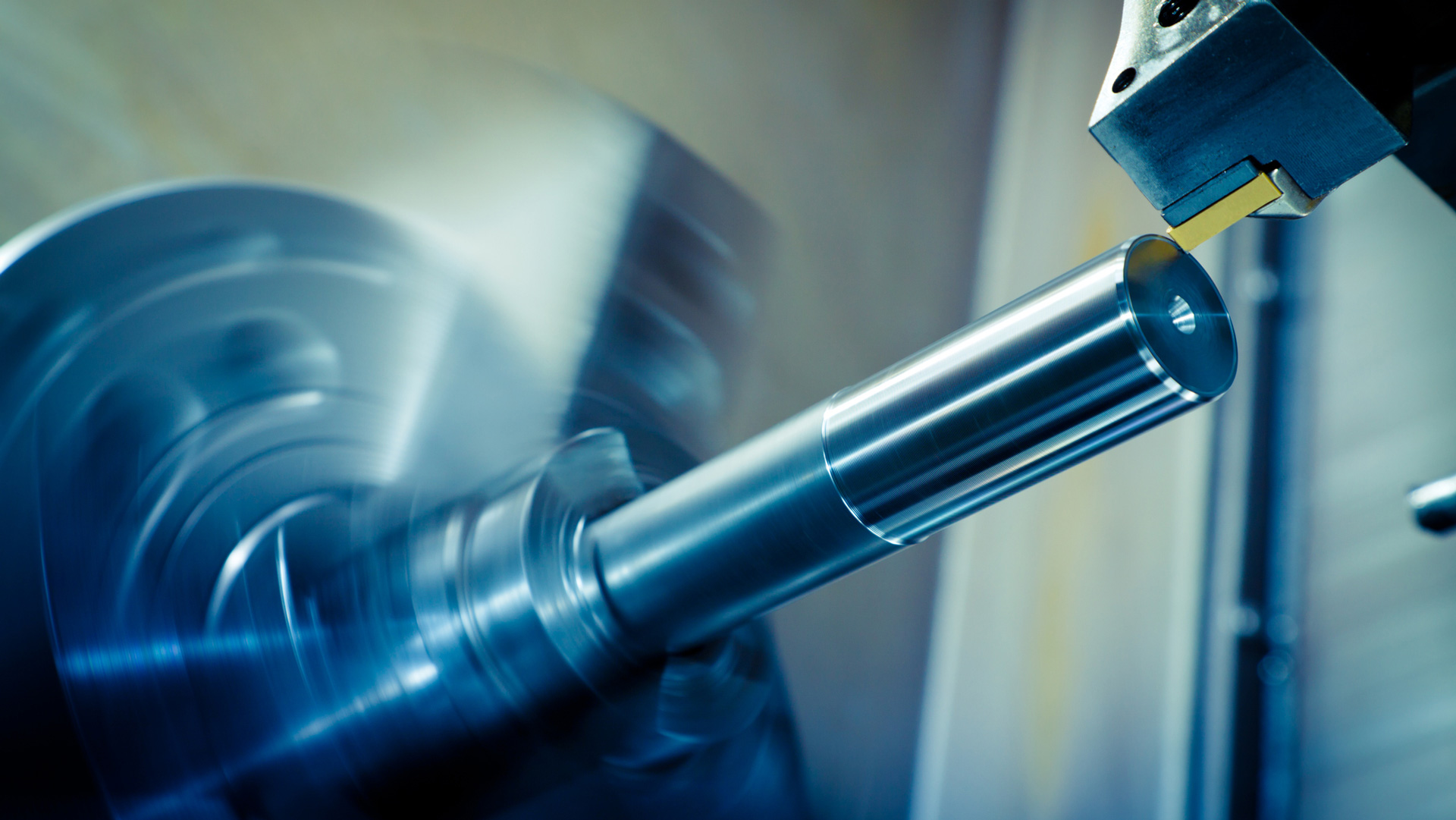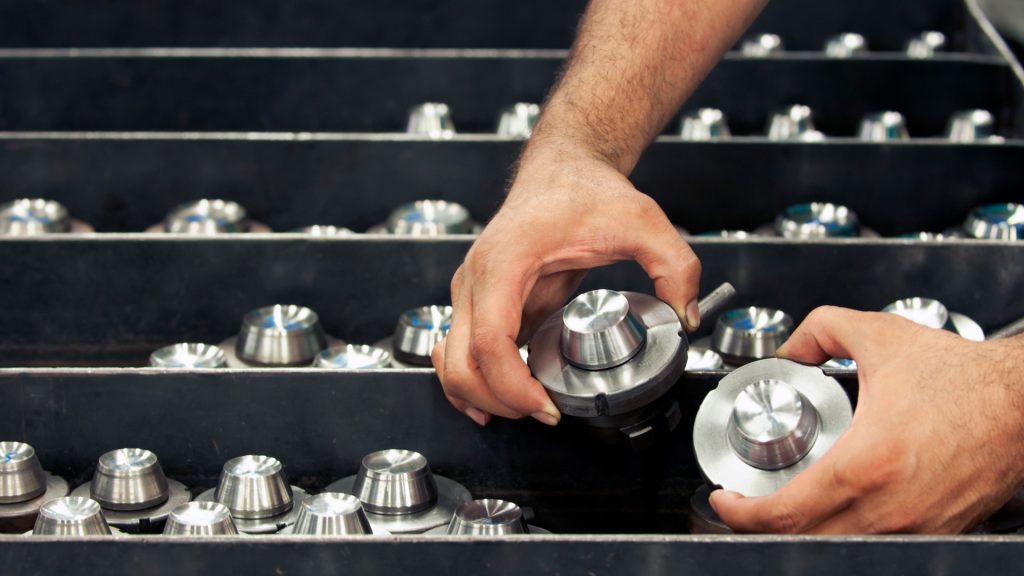18th August 2020

CNC Lathe Tool Holder Types
CNC lathe tool holders are precision-engineered components that hold the machine tool firmly in place inside your lathe. There are a variety of different types of CNC lathe tool holder and mounting styles available, with each offering different benefits. The choice of which CNC tool holder is right depends on several factors, including the precision of tooling you require, the process you are using it for and your budget. In this guide, we describe the different types of CNC tool holder on the market.
What are CNC lathe tool holders?

CNC lathe tool holders are machining components that hold the lathe tool firmly in place during operation. Your choice of lathe tool holder depends on the accuracy and speed of cutting you require, with different tool holders having different levels of balance and runout.
There are three parts to a CNC lathe tool holder: the collet pocket, the flange and the taper.
Taper cone: The cone-shaped taper enters the spindle when the tool is changed.
The flange: The flange is connected to the tool changer as it moves.
Collet pocket: The collet pocket holds the collet in place before a collet nut secures it to the tool.
Why are CNC lathe tool holders important?
CNC lathe tool holders play a crucial role in the performance and longevity of your machine. To ensure that the machine delivers the desired results, tool holders involve cutting tools that operate at high RPMs. Any imbalance between the tool and the machine caused by pairing the wrong tool holder, tool and machine could cause damage to the product and the spindle. Selecting, installing and maintaining the right CNC tool holder makes cutting accurate and safe.
CNC tool holders have different levels of runout. If you select the wrong tool holder, the runout – the level of rotation inaccuracy – can result in the creation of wider diameters than are required. This can lead to poor quality products or finishing. The most important consideration in reducing runout is to ensure that the CNC tool fitting is secure and exact.
What are the common CNC lathe tool holder types?
There is a wide variety of CNC lathe tool holder types, including collet chucks, end mill holders and shrink-fit holders:
Collet chucks: Collet chucks work by clasping the end mill with a slotted collar. You can select collet chucks by their size, measured in mm although custom collet chucks are available. CNC lathe collet chucks look similar to the chuck you can find on most home drills.
End mill holders: End mill holders use a screw to secure the cutting tool in place. They come in a variety of sizes and lengths suitable for a variety of milling applications.
Shrink-fit holders: When shrink-fit holders are heated, they expand and a cutting tool can be slotted in. As it cools, it clasps the tool tightly, creating a powerful clamping force that can deliver exceptional performance and impressive lifespan.
CNC lathe tool holder mounting types
You must understand the different types of CNC lathe tool holder mounting types before selecting your tool. Select the wrong one and your CNC tool may not fit. Lathe holder mounting types include:
BT – Originating in Japan, the BT standard for tool holders is commonly used in CNC machines.
CAT – The CAT mount (often called the v-flange) is a custom mount style developed by the firm with standard numbering for different sizes of taper.
Hollow shank tooling (HSK) – a relatively new innovation, HSK mounts come in both straight shank and dovetail arrangements and are built for quick tooling changes.
Morse taper (MT) – A mounting type manufactured in four different sizes.
NMTB taper – Created by the National Machine Tool Builders, the NMTB taper is used in all types of CNC machines.
How to select the right CNC lathe tool holder
The right tool holder depends on the machine, the process, the product you’re creating and the price. You need to select a tool holder that’s suitable for the machine that you are using. You can find details of the right tool holder in the manufacturer’s specifications. Be sure to select one with the correct lathe holder mounting type.
The process you are using your CNC lathe for, and the product you are creating have an impact on your tool holder choice. Whether it’s high-volume milling or precision drilling, the application defines the tool holder type. Shrink-fit holders provide the firmest grasp of the tool and can reduce runout when compared with the other options, but are expensive when compared to other options.
At a practical level, the tool holder needs to be long enough to ensure that the tool can perform the cutting function required, at the right depth, when inserted into the machine. Also consider the number of times you may need to change the tool inside the tool holder, as some can be swapped quicker than others.
The price of CNC tool holders can vary according to the type of fitting and the precision you require. The cost of the tool holder depends on the precision of the operation and the quality of the steel used to build it. More complex tool holders (with tuned bars to reduce damping, for example) are more expensive than standard models.
